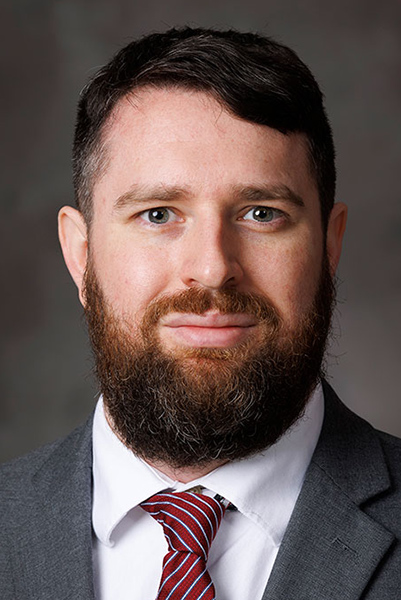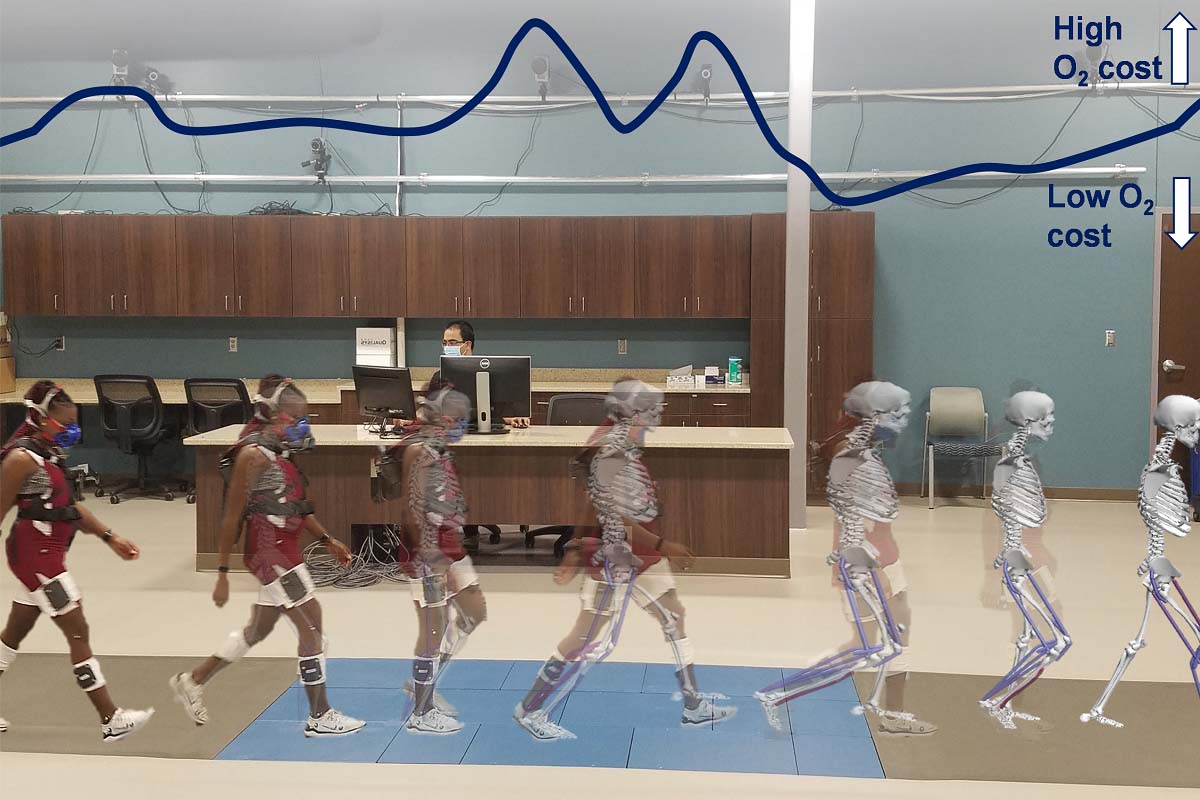
As people age, walking becomes more difficult, and the energy needed to walk increases, as well.
On a 10-minute walk, for example, a healthy young adult consumes less energy than the calorie content of one slice of bread. As the adult ages, however, that 10-minute walk becomes more arduous as their body becomes less energy efficient.
Scientists who have studied the metabolic cost of different phases of the walking gait cycle have encountered difficulty in collecting data — partly due to physical demands on the test subjects and because measurements aren’t collected quickly enough to be of great value.

A collaboration between researchers from the University of Nebraska–Lincoln’s College of Engineering and the University of Nebraska at Omaha’s College of Education, Health and Human Sciences looks to use cutting-edge digital technologies — such as artificial intelligence and machine learning — to improve on the current collection methods and develop algorithms that can further research.
The National Science Foundation’s Disability and Rehabilitation Engineering program and Established Program to Stimulate Competitive Research are funding this three-year project through a pair of grants totaling $473,720. The University of Nebraska–Lincoln’s grant totals $235,290.
“We aim to estimate the metabolic cost of different gait phases in a more model-free and robust way than previous research that used musculoskeletal modeling,” said Keegan Moore, assistant professor of mechanical and materials engineering at Nebraska. “What’s novel is that we’re using smart technologies and leveraging data that can be measured — and not using models that rely on things that can’t be measured — to bring down these barriers.”

Philippe Malcolm, professor of biomechanics at UNO, and his research team will conduct motion-capture experiments in which they will influence different phases using a robotic waist tether.
Engineers in Moore’s lab will use data from these experiments to develop algorithms that will estimate fluctuations in a person’s metabolism during different phases of their gait cycle.
Malcolm’s research is expected to create practical applications for gait rehabilitation.
“(This) would enable us to design improved assistive devices such as orthoses or exoskeletons that specifically target the costliest phase of the gait cycle,” Malcolm said.
In addition to the research component, the NSF funding will support both principal investigators in teaching courses for older Nebraskans at the Osher Lifelong Learning Institute. Course content will include the health benefits of walking and introductions to machine learning, serving the NSF’s mission of integrating research and education for all.
Share
News Release Contact(s)
Related Links
Tags
High Resolution Photos

HIGH RESOLUTION PHOTOS








